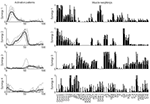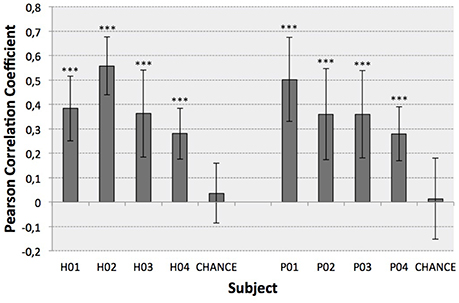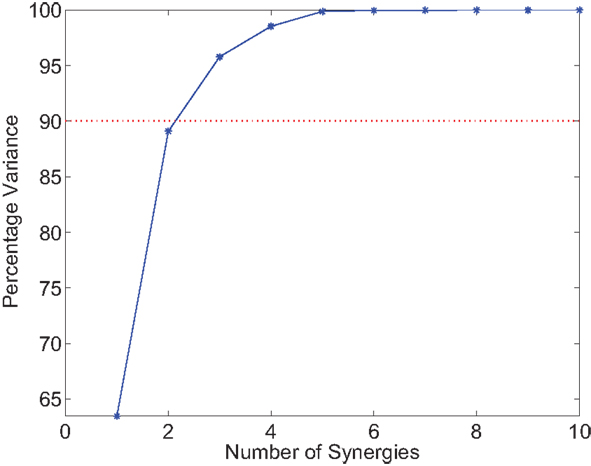
Traditionally, inventories of hand preference for a set of tasks have been used to define handedness or hand dominance ( Bryden, 1977 Oldfield, 1971). Skill training for sport is often highly lateralized to the preferred hand, especially for those skills which require a high degree of fine motor control such as dart throwing, pitching, and shooting. Most individuals show a preference for use of one hand or the other for both activities of daily living and specialized skills such as playing an instrument. Implications for skill training in sports requiring dexterous control of the hand are discussed.

Results are interpreted with respect to known differences in the neuroanatomy and neurophysiology of proximal and distal upper limb motor control. Synergies of the left hand of left dominant individuals were found to have greater population level similarity than the other limbs tested. Left limb synergies were found to be more similar than right limb synergies across left- and right-handed individuals. Results indicate no difference between the limbs for individuals, but differences in limb synergies at the population level. Extracted synergies were compared between limbs for each individual, and between individuals to assess within and across participant differences. Muscle synergies were extracted for each limb individually by applying non-negative-matrix-factorization (NMF). Participants formed their hands into the postures of the American Sign Language (ASL) alphabet, while EMG was recorded from hand and forearm muscles. This study compared forearm and hand muscle synergies between the dominant and non-dominant limb of left-handed and right-handed participants.


Previous investigations of proximal upper limb muscle synergies have reported little evidence of limb asymmetry however, whether the same is true of the distal upper limb and hand remains unknown. Whether patterns of muscle co-activation, representing muscle synergies, also differ between the limbs remains an open question. Handedness has been associated with behavioral asymmetries between limbs that suggest specialized function of dominant and non-dominant hand.


 0 kommentar(er)
0 kommentar(er)
